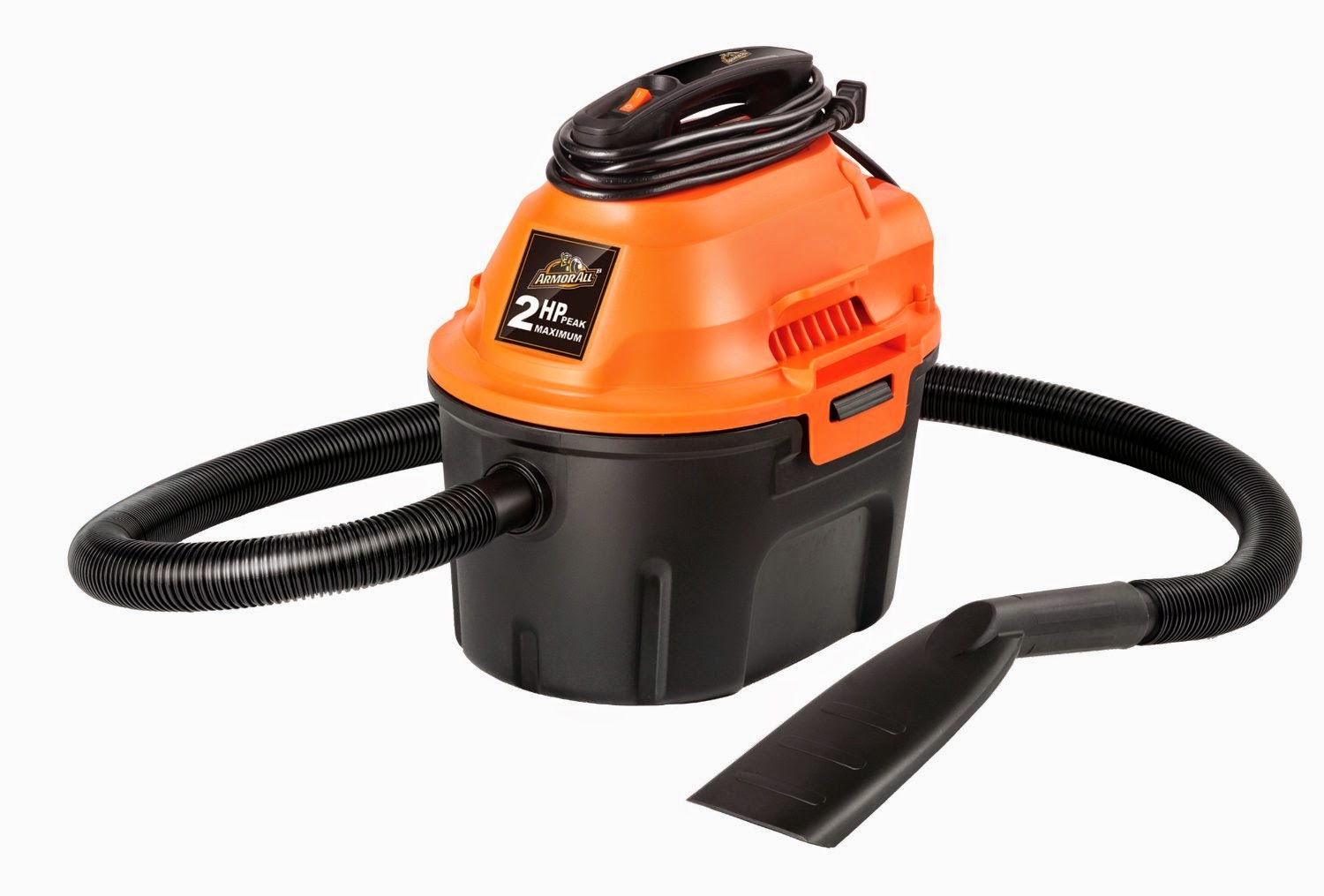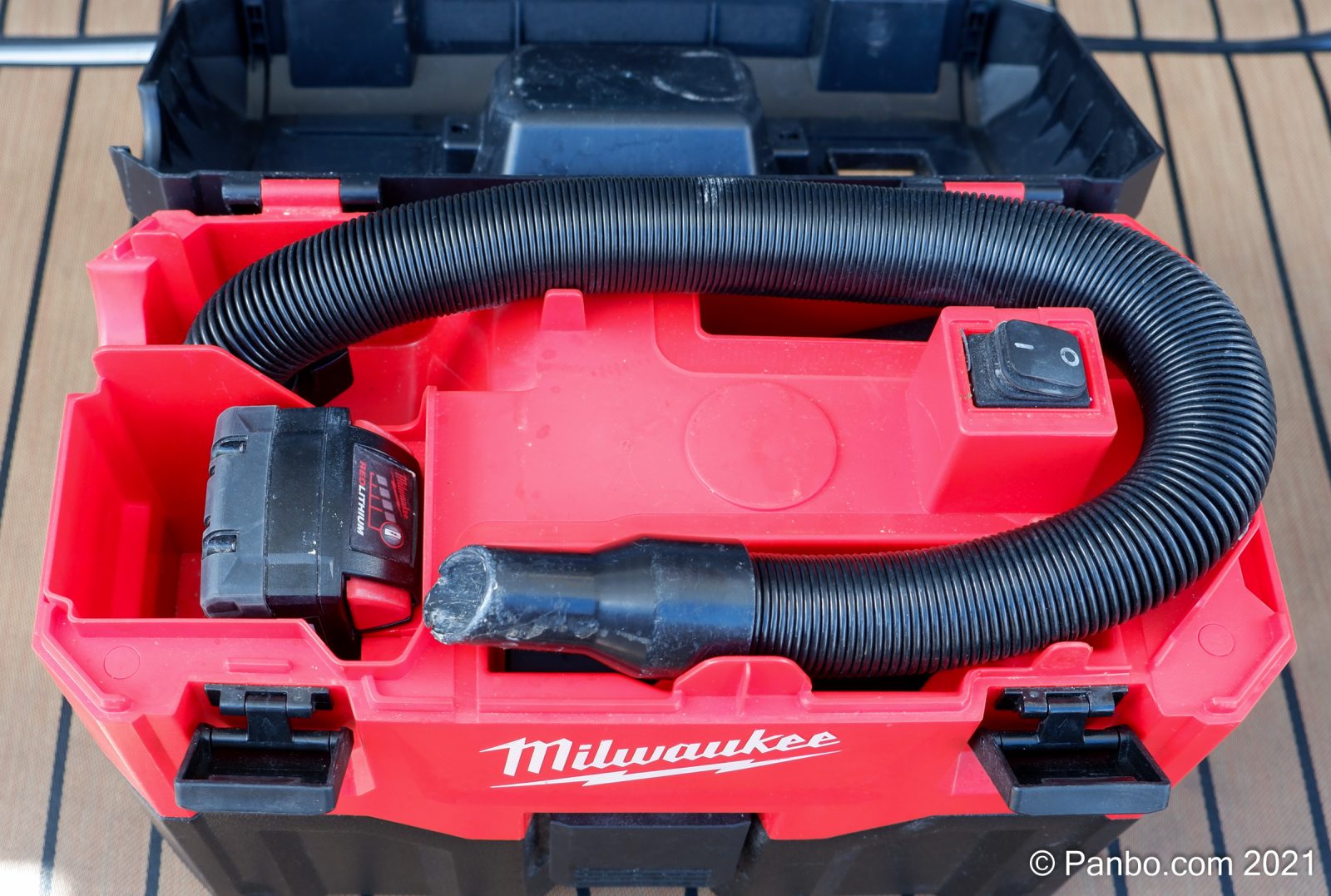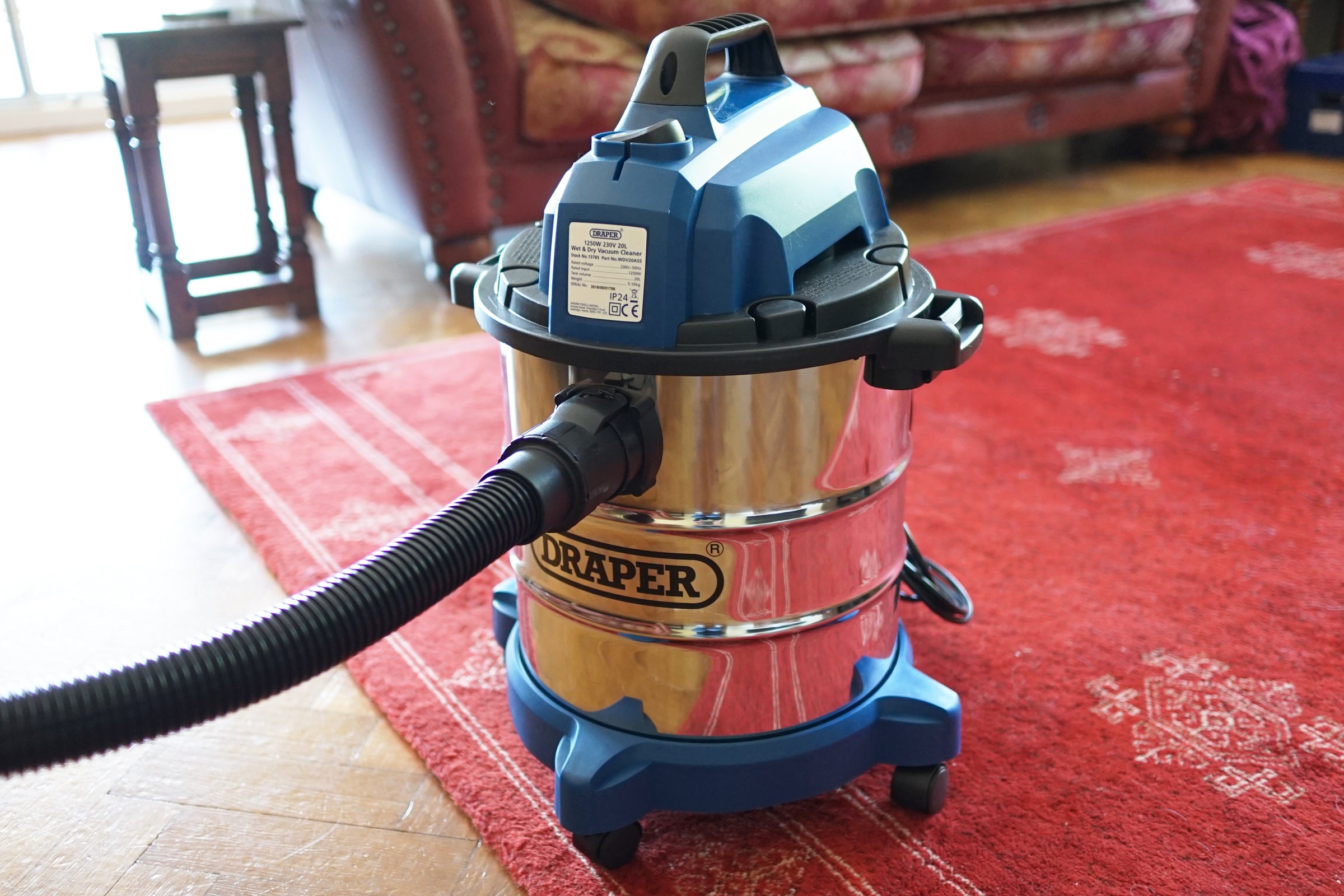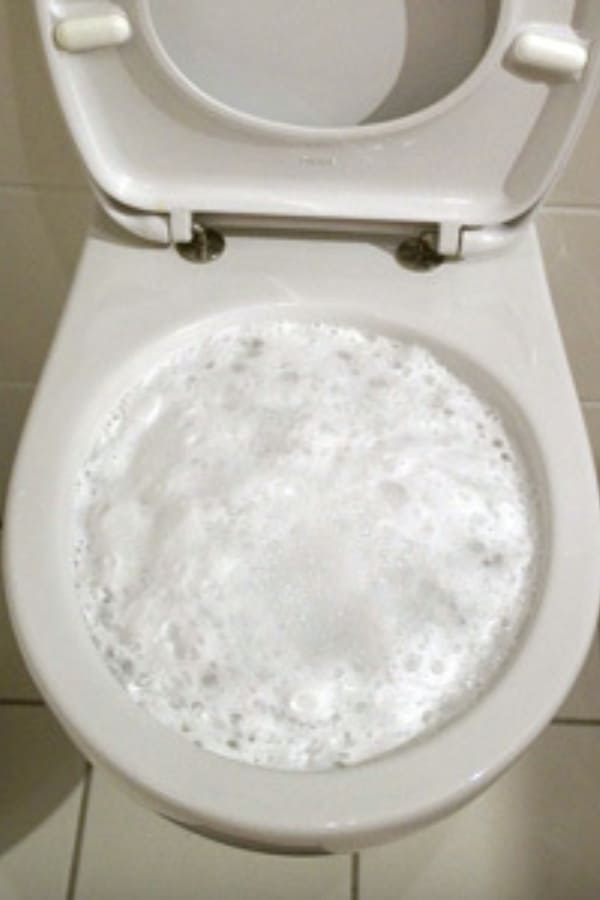If you're faced with a clogged kitchen sink, your first line of defense should be a plunger. This trusty tool has been unclogging drains for decades, and for good reason. Not only is it simple and easy to use, but it can effectively remove most types of clogs. Before using the plunger, make sure to cover any overflow holes with a wet cloth or tape to ensure maximum suction. Then, place the plunger over the drain and push down gently. Pull up and repeat this motion several times until the clog is dislodged. Featured keyword: plunger1. Use a plunger
If your kitchen sink is draining slowly, chances are there is a buildup of grease and other debris that is causing the clog. One of the easiest and most effective ways to break up this buildup is by pouring boiling water down the drain. Boil a pot of water on your stovetop and carefully pour it down the drain in three or four stages, allowing the water to work its way through the pipes before adding more. The hot water will help to melt and loosen any grease or debris, allowing it to flow down the drain and unclogging it. Featured keyword: boiling water2. Pour boiling water down the drain
If boiling water alone isn't enough to unclog your kitchen sink, try using a combination of baking soda and vinegar. This natural and non-toxic solution can effectively break down clogs and eliminate any foul odors coming from your drain. To use this method, start by pouring a cup of baking soda down the drain. Then, slowly add a cup of vinegar and cover the drain with a wet cloth or plug. The mixture will create a foaming reaction that will help to dislodge the clog. After about 15 minutes, pour a pot of boiling water down the drain to flush away the clog. Featured keywords: baking soda, vinegar3. Use a mixture of baking soda and vinegar
A drain snake, also known as a plumbing snake or auger, is a long, flexible tool that is used to remove clogs from drains. It works by inserting the snake into the drain and twisting it until it reaches the clog. Then, by pulling the snake back up, it can dislodge and remove the clog. Drain snakes come in different sizes and can be purchased at most hardware stores. They are particularly useful for removing tough clogs, such as hair or food particles, that are stuck deep in the pipes. Featured keywords: drain snake, plumbing snake, auger4. Try a drain snake
If you have a wet/dry vacuum, it can also be a useful tool for unclogging a kitchen sink. Simply set the vacuum to the wet setting and place the nozzle over the drain. The strong suction can help to remove any debris that is causing the clog. Before using this method, make sure to remove any standing water from the sink. You may also need to remove the vacuum's filter to prevent it from getting clogged with debris. Featured keywords: wet/dry vacuum5. Use a wet/dry vacuum
If all else fails, you can try using a chemical drain cleaner to unclog your kitchen sink. These products contain powerful chemicals that can dissolve and break down tough clogs. However, they can also be harmful to your pipes and should be used sparingly. When using a chemical drain cleaner, make sure to follow the instructions carefully and take proper safety precautions, such as wearing gloves and eye protection. After pouring the product down the drain, let it sit for the recommended amount of time before flushing it with hot water. Featured keyword: chemical drain cleaner6. Use a chemical drain cleaner
If you're comfortable with basic plumbing tasks, you can try removing and cleaning the P-trap to unclog your kitchen sink. The P-trap is a curved pipe located under the sink that is designed to catch debris and prevent it from clogging the rest of the plumbing system. To remove the P-trap, place a bucket or bowl underneath it to catch any water, then loosen the slip nuts on either side of the trap and remove it. Once removed, you can clean out any debris and then reattach the trap. Featured keyword: P-trap7. Remove and clean the P-trap
If you don't have a drain snake, a wire hanger can also be a useful tool for removing clogs from your kitchen sink. Straighten out the hanger and create a small hook at one end. Then, insert the hanger into the drain and use the hook to pull out any hair or debris that may be causing the clog. This method may be particularly effective for removing clogs from the sink's overflow drain, which can often become clogged with hair and soap residue. Featured keyword: wire hanger8. Use a wire hanger to remove clogs
If the baking soda and vinegar mixture alone isn't enough to unclog your kitchen sink, you can try adding salt to the mix. Start by pouring half a cup of salt down the drain, followed by half a cup of baking soda. Then, slowly pour a cup of vinegar down the drain and cover it with a wet cloth or plug. The salt will help to scour the inside of the pipes, while the baking soda and vinegar will create a foaming reaction that can break down tough clogs. After about 15 minutes, flush the drain with boiling water. Featured keywords: salt, baking soda, vinegar9. Try a combination of salt, baking soda, and vinegar
If all else fails, it may be time to call in a professional plumber to unclog your kitchen sink. They have the tools and expertise to handle even the toughest clogs, and can also provide advice on how to prevent future clogs. While it may be tempting to try and save money by unclogging the sink yourself, hiring a professional can save you time and frustration in the long run. Featured keyword: professional plumber By using these top 10 main tricks to unclogging a kitchen sink, you can save yourself from the inconvenience and frustration of a clogged drain. Remember to always take proper safety precautions and if the clog persists, don't hesitate to call a professional for help.10. Call a professional plumber
Troubleshooting the Problem
 If the usual tricks of unclogging a kitchen sink, such as using a plunger or pouring boiling water down the drain, have not worked, it's time to move on to more advanced methods. One common cause of a clogged kitchen sink is a buildup of grease and food particles. To tackle this issue,
use a mixture of baking soda and vinegar
to break down the debris and clear the drain. Simply pour half a cup of baking soda down the drain, followed by half a cup of vinegar. Let the mixture sit for 10-15 minutes, then flush it with hot water. This combination can also help eliminate any unpleasant odors coming from the drain.
If the usual tricks of unclogging a kitchen sink, such as using a plunger or pouring boiling water down the drain, have not worked, it's time to move on to more advanced methods. One common cause of a clogged kitchen sink is a buildup of grease and food particles. To tackle this issue,
use a mixture of baking soda and vinegar
to break down the debris and clear the drain. Simply pour half a cup of baking soda down the drain, followed by half a cup of vinegar. Let the mixture sit for 10-15 minutes, then flush it with hot water. This combination can also help eliminate any unpleasant odors coming from the drain.
Snake it Out
 If the clog is deeper in the pipes, you may need to use a plumbing snake to clear it. A plumbing snake is a long, flexible auger that can be inserted into the drain to break up and remove the blockage. Insert the snake into the drain and turn the handle to work it through the pipes. Once you feel resistance, twist and push the snake to break up the clog. If you do not have a plumbing snake, you can also try using a wire coat hanger. Straighten out the hanger and create a small hook at the end to fish out any debris or hair that may be causing the clog.
If the clog is deeper in the pipes, you may need to use a plumbing snake to clear it. A plumbing snake is a long, flexible auger that can be inserted into the drain to break up and remove the blockage. Insert the snake into the drain and turn the handle to work it through the pipes. Once you feel resistance, twist and push the snake to break up the clog. If you do not have a plumbing snake, you can also try using a wire coat hanger. Straighten out the hanger and create a small hook at the end to fish out any debris or hair that may be causing the clog.
Call in the Professionals
 If all else fails, it may be time to call in a professional plumber. They have the necessary tools and expertise to handle even the toughest clogs. Additionally,
regularly scheduling professional drain cleaning services can help prevent future clogs and keep your kitchen sink running smoothly
. A plumber can also identify any underlying issues with your pipes that may be causing recurring clogs.
Remember,
regular maintenance and preventative measures
are the key to keeping your kitchen sink clog-free. Avoid pouring grease, oils, and large food scraps down the drain, and use a drain strainer to catch any debris before it can cause a clog. By following these tips and tricks, you can keep your kitchen sink functioning properly and avoid the hassle of a clogged drain.
If all else fails, it may be time to call in a professional plumber. They have the necessary tools and expertise to handle even the toughest clogs. Additionally,
regularly scheduling professional drain cleaning services can help prevent future clogs and keep your kitchen sink running smoothly
. A plumber can also identify any underlying issues with your pipes that may be causing recurring clogs.
Remember,
regular maintenance and preventative measures
are the key to keeping your kitchen sink clog-free. Avoid pouring grease, oils, and large food scraps down the drain, and use a drain strainer to catch any debris before it can cause a clog. By following these tips and tricks, you can keep your kitchen sink functioning properly and avoid the hassle of a clogged drain.
















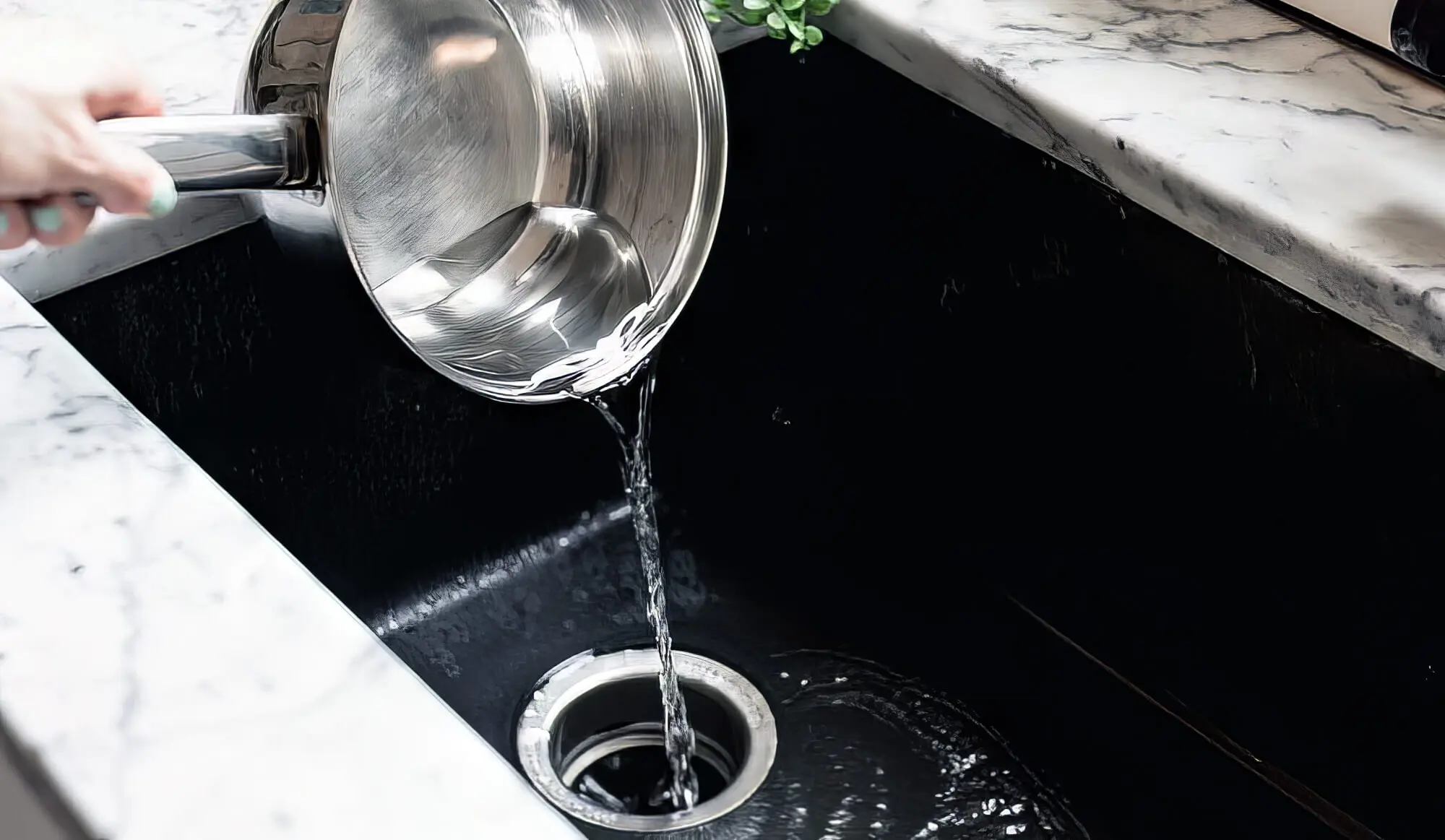
.jpg?time=1689761045394)






















:max_bytes(150000):strip_icc()/Vastar-4-Pack-Drain-Snake-50b0e77281b244e386d046ca25ba76b6.jpg)




